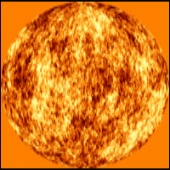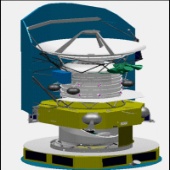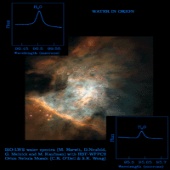ESA Science & Technology - News Archive
News archive
News archive
Published: 18 June 1998
Published: 15 June 1998
Published: 12 June 1998
Published: 9 June 1998
Published: 7 June 1998
Published: 4 June 1998
Published: 4 June 1998
Published: 29 May 1998
Published: 28 May 1998
Published: 18 May 1998
Published: 15 May 1998
Published: 8 May 1998
Published: 6 May 1998
Published: 24 April 1998
Published: 23 April 1998
Published: 15 April 1998
Published: 10 April 1998
Published: 9 April 1998
Published: 7 April 1998
Published: 1 April 1998
—
20 Items per Page

















